#cold winter
Text
Bears are so right about hibernation
#bear cub#cold winter#im crying#winter depression#gone with the wind#i hate winter#winter#coldness#cold weather#i'm cold#december#someone help#helpme#please help#help#i hate cold weather#i miss summer#i want summer back#let me hibernate#i want to hibernate#i need to hibernate
18K notes
·
View notes
Text
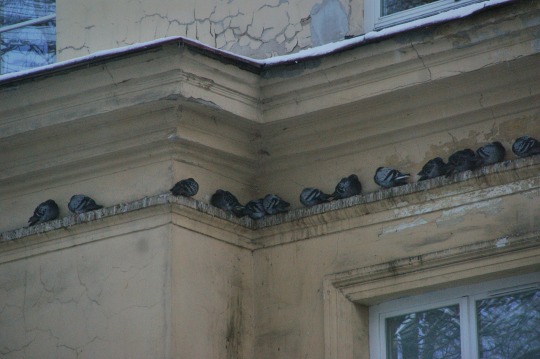
#aesthetic#photography#vibes#mood#photo#moody#moody aesthetic#atmosphere#birds#cold#cold winter#cold weather#pigeons#pigeon
837 notes
·
View notes
Text

#baby it's cold outside#it's cold#red passion#christmas decor ideas#snowflakes#snow is falling#snowy trees#snowy street#snowy day#snowy landscape#cold as ice#cold#cold winter#winter frost#frosty the snowman#frost
1K notes
·
View notes
Text

once i recover from my ed it’s over for everyone
#2014 tumblr#girlblogging#emma roberts#femcel#this is a girlblog#vlada roslyakova#kate moss#tumblr girls#girl interrupted syndrome#cold winter#lana del rey#gaslight gatekeep girlboss#lisbon girls#female hysteria#the virgin suicides#the bell jar#priscilla presley#kirsten dunst#2000s model
68 notes
·
View notes
Text

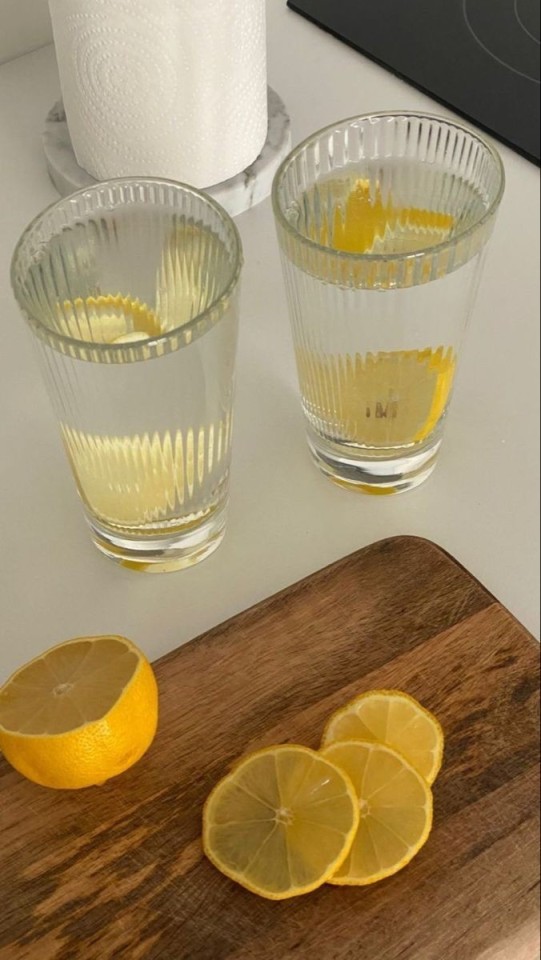



I think this is the best season to start working on yourself.
#moodboard#it girl#becoming that girl#gym#clean girl#dream girl#that girl#winter#glow up#work on yourself#be better#healthy eating#healthy lifestyle#healthy living#working on myself#girlhood#cold winter#winter season#christmas season#holiday
61 notes
·
View notes
Text
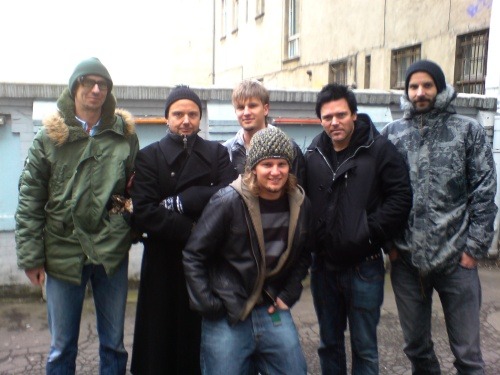
Just posting an old pic of the guys (not all of them). They look so cozy 🤗. This photo was taken in 2008-2009. Not sure exactly.
Look at those handsome boys♥️
#rammstein#richard kruspe#love Richard's hair#lucky fans#paul landers#flake lorenz#oliver riedel#cold winter#lifad era maybe
51 notes
·
View notes
Text
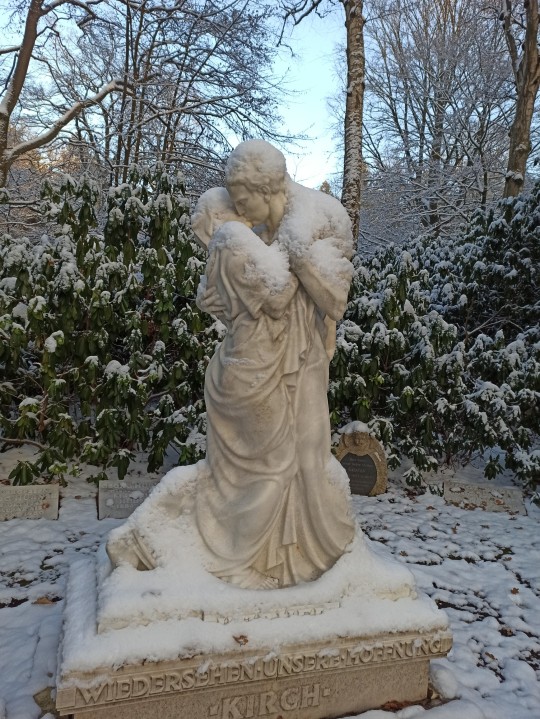
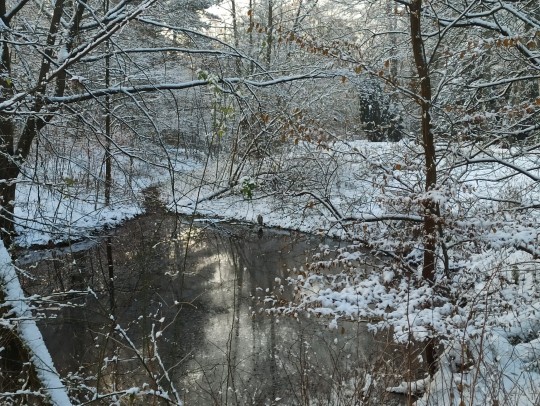


#cold weather#nature#germany#cottagecore#friedhof ohlsdorf#cemetery#graveyard#tomb#rural#snow#winter nature#winter vibes#winter forest#winter#snowy#snowy day#cold#cold winter
16 notes
·
View notes
Text
Cold winter: Fylgja
FYLGJA
Category: Norse mythology
A fylgja (plural fylgjur) is a type of supernatural beings of Norse mythology, companion-spirits tied to the fate and fortune of human beings.
“Fylgja” itself is a word that can be read two way: either the verb “to accompany”, either as the name for “afterbirth of a child”. A fylgja usually appears under the shape of an animal when a baby is born – or it is considered that whatever animal eats the afterbirth of a child will become its fylgja. We have seen fylgja appears as mice, dogs, foxes, birds of prey, cats and carrion eaters ; but it is theorized and interpreted that the animal of the fylgja is supposed to be connected to the human’s character and personality, in a similar way to a totem animal - for example men with “tame” natures would have “tame” animals as fylgja (goat or ox) where “untame” men would have more wild animals (wolf, deer, bear, eagle): an evil sorcerer was said to have a fox as a fylgja, because it is a sly and cunning animal just like him. It also seems that the fylgja mostly appeared among high-ranking class, or rather associated themselves with men destined to become heroes or leaders.
The fylgja is usually said to appear to its connected human in dreams (though sometimes they do appear in front of them in real life), and always to bear information or omen concerning events to come, establishing them as a force of the future. Most commonly it was believed that the appearance of a fylgja is usually an omen of death, as they come to warn their “owner” of their impending doom. However, if a fylgja appears not under an animal shape but under a human shape – more specifically as a woman. As women the fylgja were much more positive, acting as guardians or protectors of either individual people or entire clans. Sometimes the fylgja even appear in other people’s dreams to symbolize or represent their own “master”: for example a man once dreamt of a pack of wolves led by a vixen coming to attack him, and this was a premonition that a group of hostile enemy warriors were coming for him led by a sorcerer.
- - - - - - -
The fylgja have been noted to be quite close to another type of female companion spirits in Norse mythology, the hamingja, who influenced the luck and happiness of those they were the guardian of, and could be passed on after their “owner”’s death to a family member or faithful companion, as some sort of living good luck charm – sometimes causing them to create the fortune of an entire family for generations. Just like the fylgja, these female embodiments of good fortune were said to appear in the sleep of people under the form of animals.
And both categories of spirit are tied to a unique and fascinating word of Old Norse: “dis”. “Dis” is a word that is used to designate sometimes a goddess, other times a female spirit, or even the ghost of a woman – but always in the contest of a force of fate that is either helping or hindering mortals. The disir (plural of “dis”) were very close and quite similar to other groups of Norse goddesses and female spirits such as the Valkyries or the Norns, leading to people considering that “dis” might simply be a term for most if not all female goddesses and spirits – most notably, most people agree that the fylgjur and the hamingjur are forms of “dis”. Ultimately we don’t know much about the exact definitions and limits of the dis, though we know they had a specific sacrificial holiday called the “disablot”.
111 notes
·
View notes
Text

#girlblogging#this is a girlblog#girl interrupted#girl interupted syndrome#daisy randone#nyc#cold winter#female rage#girlhood
23 notes
·
View notes
Text





Cold winter 🤍
13 notes
·
View notes
Text

Another example of the soul effigy on a white marble gravestone. Marble was plentiful in Vermont so many of the gravestones from this period were made from it.
Bennington VT 2016
8 notes
·
View notes
Text
Decided to draw DeviantArt's newest badge because look how cute it is!☃️❄️

#snows#snow art#snow angel#snowflake#snowflakes#snow white#snowman#snowball#snow woman#snow#cold winter#cold weather#ice cold#cold#ice king#ice cream#iceland#a song of ice and fire#ice#snowflake art#snowflame#snow flower#ice aesthetic#ice and snow#ice art#ice artwork#ice fanart#snow artwork#art#illustration
8 notes
·
View notes
Text
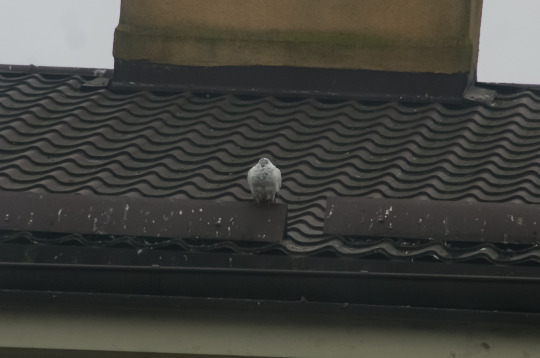
#aesthetic#photography#vibes#mood#photo#moody#moody aesthetic#atmosphere#birds#cold#cold winter#cold weather#pigeons#pigeon#bird#bird photography#birdwatching
57 notes
·
View notes
Text
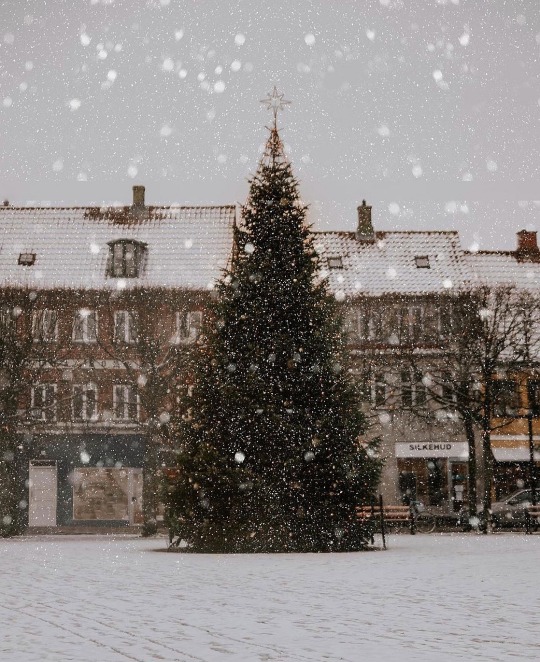
#snow white#snow#snowflakes#snow aesthetic#snow covered#snow day#snowy trees#snowy day#snowy#snowy winter#winter time#cold winter#winter frost#winter wonderland#winter photography#winter
1K notes
·
View notes
Text



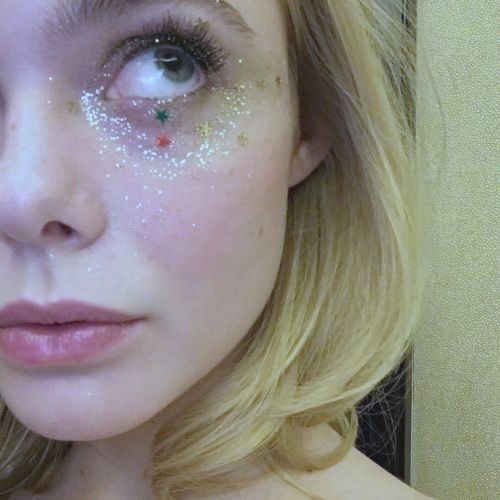

she’s a jules vaughn defender
#2014 tumblr#girlblogging#femcel#this is a girlblog#tumblr girls#girl interrupted syndrome#cold winter#lana del rey#gaslight gatekeep girlboss#mars argo#female rage#female hysteria#jules vaughn#euphoria#rue bennett#lizzy grant#lisbon girls#sad girl winter#elle fanning#ottessa moshfegh#ssyl
72 notes
·
View notes
Text






vanilla girl this winter
#moodboard#vanilla girl#cold winter#winter wonderland#beige aesthetic#beige moodboard#caramel#brown moodboard#taylornation#taylor swift
26 notes
·
View notes